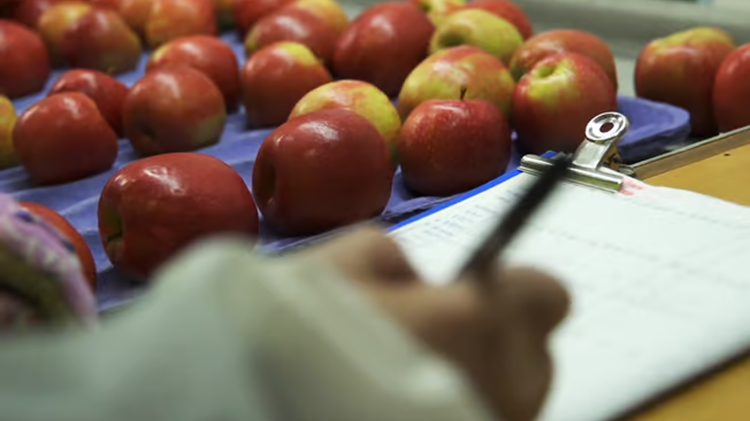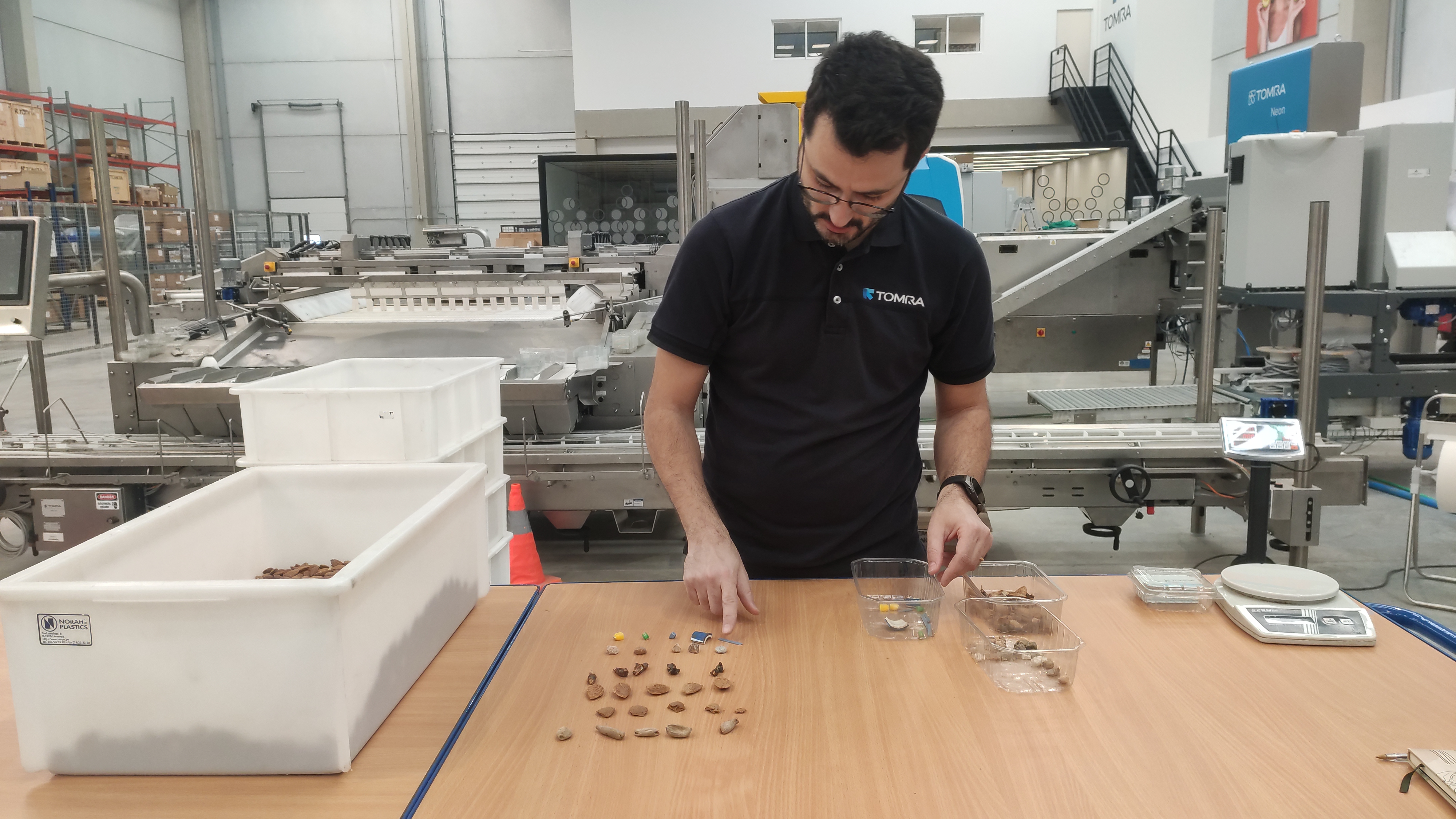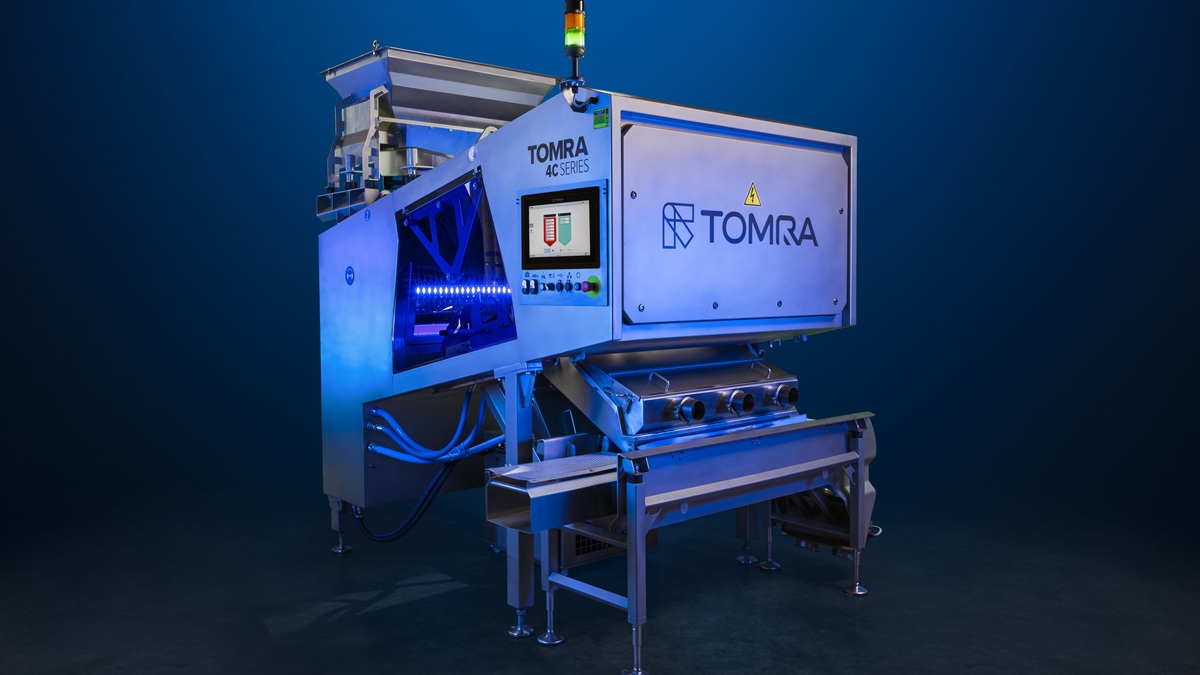Conditioning , Processing
Insight from INC Congress 2018: 5 trends facing the nut industry
Every year, the International Nut and Dried Fruit Council (INC) hosts their World Nut and Dried Fruit Congress. This event provides a platform for seeking opportunities in the nut and dried fruit industry from networking to updates on industry statistics and forecasts. XXXVII Congress, welcomed more than 1,500 participants to the sunny Seville, Spain. The INC Congress offers a three-day program to exchange knowledge, ideas and experiences. Attendees can participate in a variety of round tables, seminars and presentations ranging in topics from industry statistics, market dynamics, crops and production forecasts, agricultural and water resources, new findings in health and nutrition, or product innovations. Throughout all those sessions, five major trends impacting the global nut and dried fruit industry were unveiled. Here?s more insight on each of these trends:
22 August, 2018
Every year, the International Nut and Dried Fruit Council (INC) hosts their World Nut and Dried Fruit Congress. This event provides a platform for seeking opportunities in the nut and dried fruit industry from networking to updates on industry statistics and forecasts. XXXVII Congress, welcomed more than 1,500 participants to the sunny Seville, Spain. The INC Congress offers a three-day program to exchange knowledge, ideas and experiences. Attendees can participate in a variety of round tables, seminars and presentations ranging in topics from industry statistics, market dynamics, crops and production forecasts, agricultural and water resources, new findings in health and nutrition, or product innovations. Throughout all those sessions, five major trends impacting the global nut and dried fruit industry were unveiled. Heres more insight on each of these trends: 1. Consumers are craving healthy choicesTheres a globally increasing awareness of health and the role of how food can contribute to it. This is driving consumers to seek healthier choices and ingredients. Snacking especially healthy snacks like nuts and dried fruit is increasing.Consumer nuts Today, food is scheduled around life rather than mealtimes, increasing snacking even more. Product innovations are often inspired by new flavors and textures in the nut industry. In fact, the nut butter market is expected to reach a global value of $6.5 billion by end of 2018, particularly driven by new flavors of nut butters. Food producers who are taking a consumer-centric approach are seeing success with this trend, delivering nuts in convenient packages in effort to capture the busy, health-conscious consumer. 2. Supply vs demandThe global population is expected to grow to 9.7 billion by 2050. This population growth will increase demands on the food systems, raising the importance of food producers to feed the planet. supply-vs-demand- nutsThe demand for nuts has increased steadily over the last few years due to an increasing middle class and consumer preference for healthier food. However, due to increased consumption, nuts like macadamias cant keep up with supply, forcing prices up. Theres also shortages of crops due to unfavorable weather conditions (like frost, hail, floods and drought) during the crop season. This is having an even stronger negative impact on the market situation hence why the supply side is focusing on new plantings and increasing yield. A lot of nuts, like cashews and Brazil nuts, are seeing a negative impact of current high prices on market demand, while almond growers expect that consumers will accept somewhat higher prices. 3. Limited resourcesEliminating food waste a global billion-dollar problem is crucial. Even though nuts are grown in many different regions worldwide, limited resources pose an outstanding challenge to many growers. Water for the irrigation of many crops is not extensively available in growing regions, like in Australia, California or Chile. The almond crop in Australia fully depends on surface water which leads big growers to build their own water reservoirs on their farmland. limited resources-nutsA tremendous game-changer for a lot of California nut growers (particularly almonds, pistachios and walnuts) will be the regulation of groundwater as some of them depend entirely or primarily on groundwater. Moreover, in many growing regions its getting more and more difficult to find farm labor for harvesting. In the US and in California especially, the political immigration situation has a big impact on available farm labor. Pine trees in Russia are not fully harvested as there are not enough people harvesting the wild trees. In Africa, most of the cashew processing is still done by manual labor which helps keep yields low. More automation during harvesting and increased usage of sorting technologies during processing will be able to reduce the needed labor, increase the quality of the final product and achieve higher yields and throughput. This will help to increase the supply side to keep up with global demand. 4. Food SafetyFood safety is a global trend for all food industries. Foodborne illness is still the most prevalent risk with food. 76 million Americans suffer from food poisoning each year. Also every year, more than 300,000 people are hospitalized for food related illnesses and more than 5,000 of those people die. Better food production and processing practices can help to mitigate this risk. A particular risk for food safety in the nut and dried fruit industries is posed by aflatoxin a toxic natural substance produced by fungus and mold that can be found in nuts and dried fruit. Industry experts stated during the INC Congress that the main challenge for the Brazilian peanut industry was to focus on quality control during drying, cold chain storage and processing in order to control for aflatoxin.Food safety nuts Research shows that the chronic intake of foods infected with aflatoxin can increase the risk of dying from liver cancer by up to 66%. Its classified as a group-1 carcinogenic agent, and is estimated to be 68 times more deadly than arsenic. As aflatoxin is colorless and tasteless, it can be extremely difficult to identify. The substance can also withstand temperatures up to 280?, meaning it cannot be destroyed or removed by cooking or boiling. As a result, many traditional methods have proven ineffective at detecting or removing aflatoxin. TOMRAs Detox laser utilizes a special optical design that can detect aflatoxin contamination. It works by identifying the extremely low intensity of light reflected by the aflatoxin mold and fungus in a variety of food types, from peanuts, almonds and hazelnuts to dried fruit, such as figs. Read more about how technology is being used for successful detection of aflatoxin in food 5. Political uncertaintyPolitical uncertainty is a concern for many industries, including the nut and dried fruit industries as their diverse global growing and processing regions are no exception. A major concern for many crops is the tariff situation between the US and China. Pecan growers in the US are particularly concerned. China accounted for 82% of all US pecan exports last year and is expected to account for around 80% this year. political uncertainty nutsPolitical trade conflicts sometimes even change the supply structure of produce. The Turkish raisin crop was higher in 2017 than expected by the industry. Due to ongoing conflicts with Turkeys neighboring countries, Turkey couldnt sell all of its fresh grapes to surrounding countries as they did before, thus more grapes went to drying instead and increased the raisin crop. Decisions by federal departments may influence markets as well. The USDA restricted 15% of the USAs cranberries coming out of the crop in their volume restriction program in 2017. During the last years, the demand for sweetened dried cranberries has outpaced the demand for cranberry concentrate, which is a by-product during the dried cranberry production. New plantings of cranberries have further increased the excess amount of cranberry concentrate. The volume restriction designates 85% of the crop as free and 15% of the crop as restricted for cranberries under the marketing order regulating the handling of cranberries grown in the states of Massachusetts, Rhode Island, Connecticut, New Jersey, Wisconsin, Michigan, Minnesota, Oregon, Washington, and New York. For 2018, a crop disposal rate of 25% is currently proposed and under review. To relive the best moments of the INC Congress in Seville, watch the 2018 Congress video. The next INC Congress will take place May 23-25, 2019 in Florida, US. We hope to see you there! More information
https://youtu.be/hkjk_DI0lfw
Related news

LUCAi™ revolutionizes apple sorting with contextual Deep Learning
Conditioning, processing
TOMRA Food











